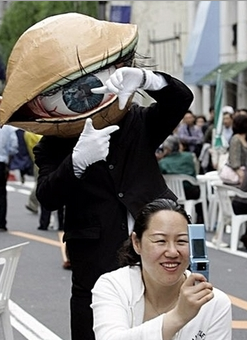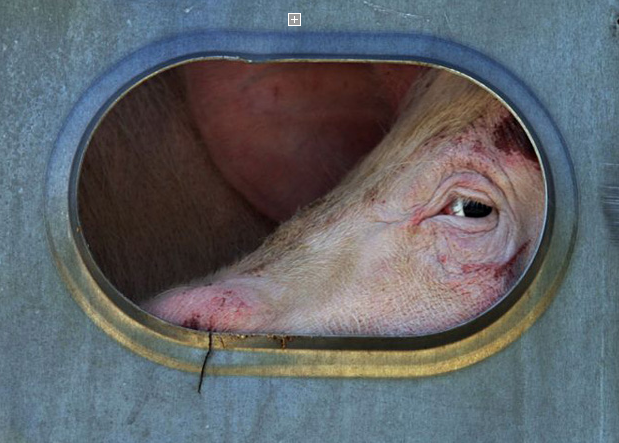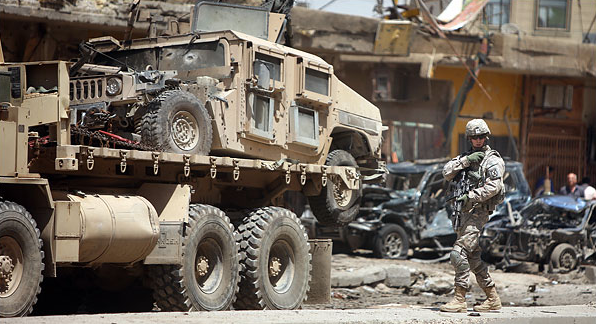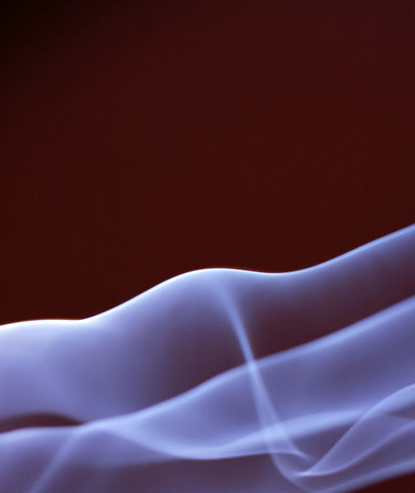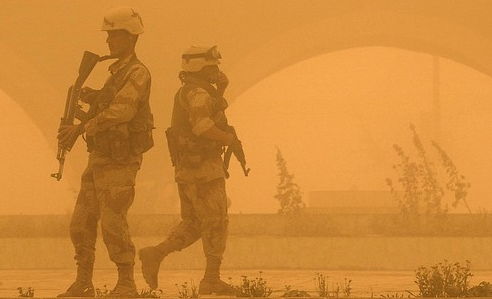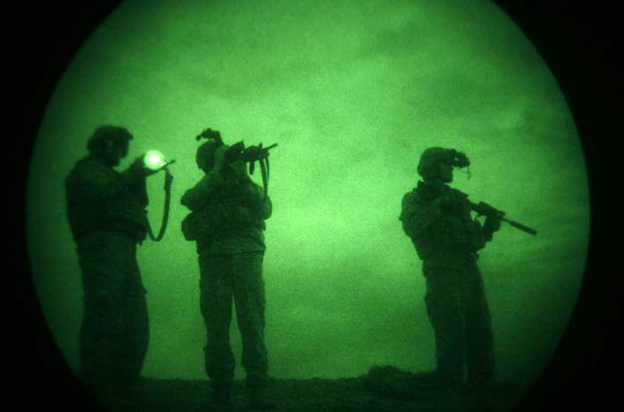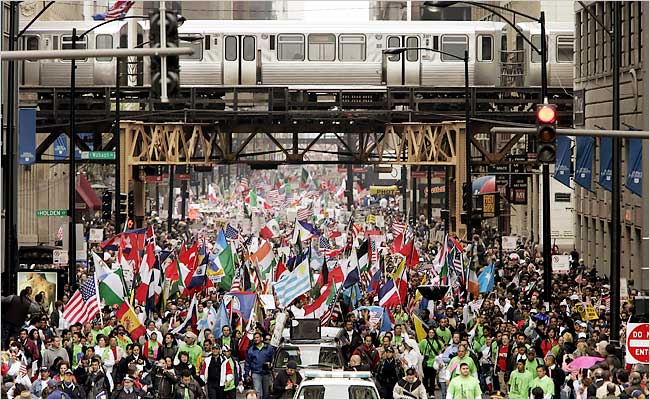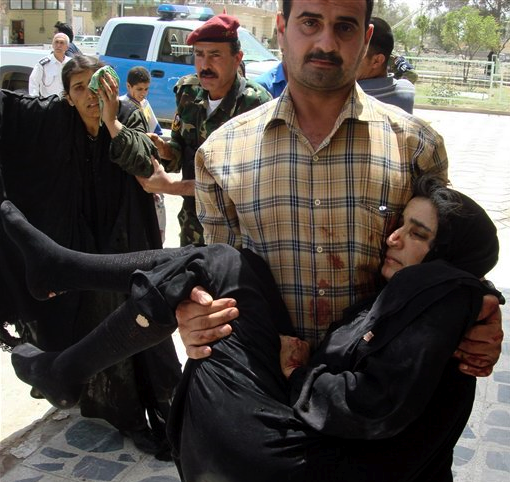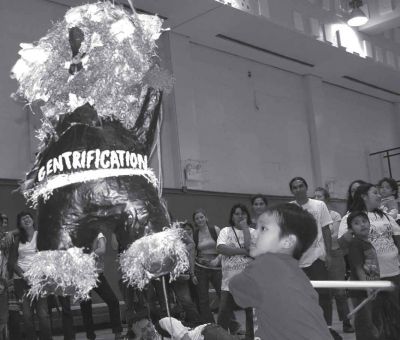Public space is designed for seeing and being seen, as the performance group Medaman-Medaman demonstrated in Tokyo recently.
Here you have Benjamin’s flaneur but without invisibility or empathy–as if the transitory spectator of public life had evolved into a hypertrophied version of itself: the enormous eye, engorged with the urban spectacle, no longer needs the other senses (note that the hands are gloved) or any mental acuity other than raw encompassing vision. Nor does it worry about being seen–this is a creature of optical interaction.
The girl is fascinated, but she’s young. The adults, more accustomed to the spectacle of urban life, go about their business. Why shouldn’t they? Look at all the windows looking down on the open vista of the street–this is a place where everyone is constantly transecting lines of sight, so much so that to be seen becomes little different than not being seen.
There are other reasons to take the walking eyes in stride. The idea that a mediated world is a world of extended vision has been second nature for decades, and I’m not talking about 1984 but rather things like this Old Media logo:
Things have changed, however, The CBS eye was abstract, centralized, and otherwise godlike enough to be at once omnipresent and no part of everyday experience on the street. The eye walkers, by contrast, are directly accessible and obviously individualized. If standing here, they can’t be somewhere else; if looking one direction, even they don’t have eyes in the back of their heads. In other words, they are much closer to the new media that are widely distributed because woven into the fabric of everyday life. As this photograph suggests:
The big eye is aligned along the same line as the camera, two organs of viewing especially active in public spaces. As the eye walker mimics a typical visual practice we are invited to reflect directly on the ubiquitous yet still personal nature of the visual public sphere. And amusingly so: instead of the imposing figures of the first photograph, this one gives us an entertainer playing his part in the everyday carnival of the urban center. The attitude is comic, as everyone is secure in a world of shared vision and civil interaction.
And when weirdness becomes familiar, it’s time for another jolt. Lest we think the eye walkers are all we need to see ourselves, take a look at this:
Another photo of an eye, and yet this is everything the first is not: nature, not culture; enclosed, not in public space; marked by the flesh of mortality, not masked for whimsical performance; evoking the empathy of a fellow creature, not mirroring the hard surfaces of the city. The eye walkers awaken one kind of self-awareness, but not the only kind. Living in highly mediated environments, we need to be attentive to seeing. Living in highly mediated environments, we also need to be attentive to what else we share with others beyond intersecting lines of sight.
I’m anthropomorphizing, of course, but that single eye and wrinkled brow look so mournful. It is not hard to imagine that he somehow knows that he should not be on that truck. Pigs and humans have many physiological similarities, so it can’t hurt to reflect on how we also are often not free, fated for suffering, sure to die, and before then seen only in part. That, too, is part of city life, even if it can’t be seen so easily.
Photographs by Yoshikazu Tsuno for AFP/Getty Images and Casey Bhristie for The Bakersfield Californian/Associated Press.


